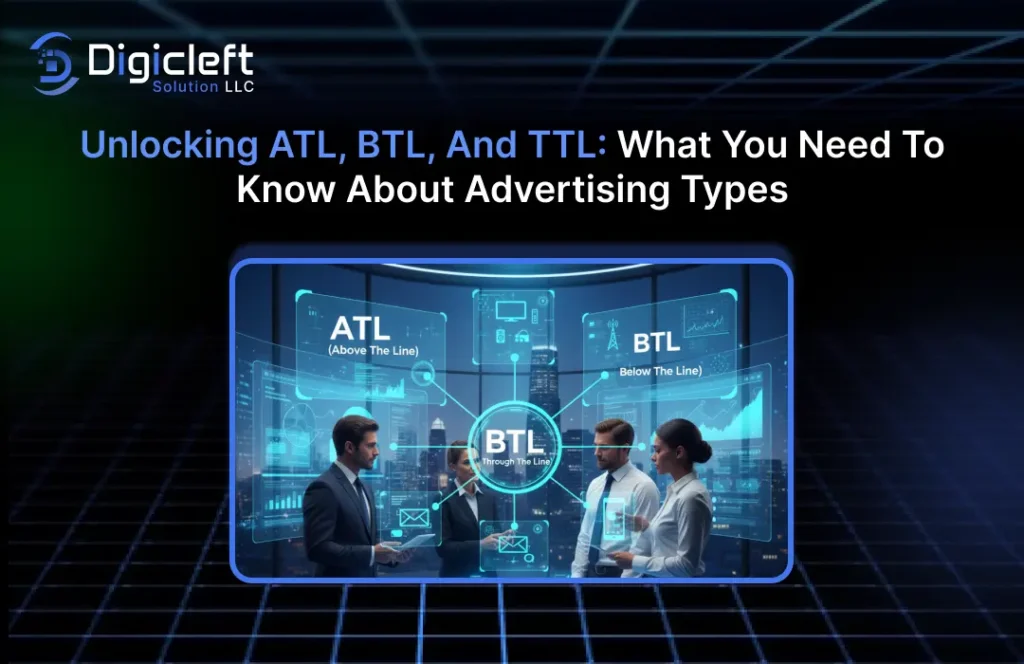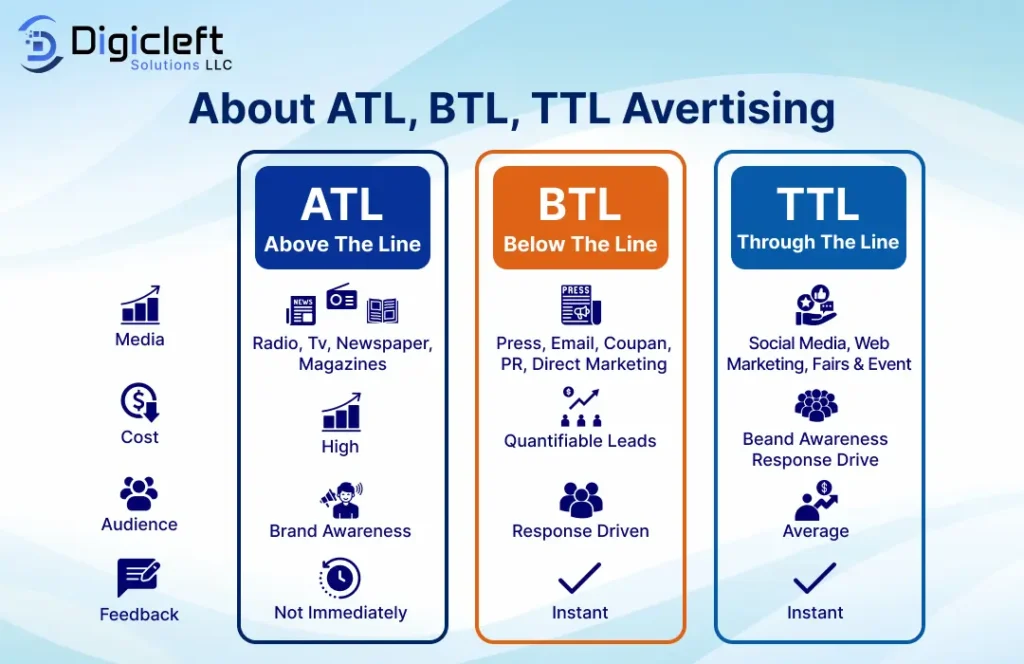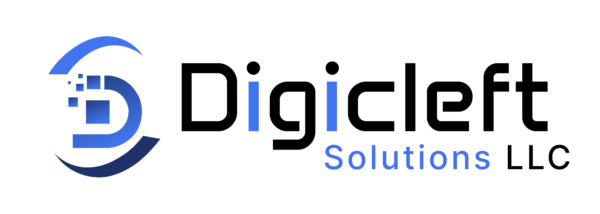
Advertising has always been the twinkle of business growth. From billboards lighting up roadways to personalized Instagram ads, the way brands reach us has changed drastically. But here’s the catch no single system works for every business. Some campaigns thrive on Above The Line (ATL) strategies, others succeed with Below The Line (BTL) tactics, and many brands today lean into Through The Line (TTL) a blend of both.
Why does this matter? Because the advertising landscape is more competitive than ever. Consumers are smarter, attention spans are shorter, and your message needs to hit the right spot at the right time. With solutions like digicleft solution, businesses now have an edge in streamlining campaigns across these formats.
What is ATL (Above The Line) Advertising?
Description and Core Purpose
ATL focuses on mass communication. Think of it as casting a wide net you’re aiming to reach as many people as possible, not just one particular group. The goal? Build brand awareness on a large scale.
Common ATL Platforms
- TV ads that reach millions during prime time
- Radio spots driving brand recall during commutes
- Print ads in newspapers and magazines
- Digital banners and YouTube ads
Pros and Cons of ATL
Pros:
- Massive reach and visibility
- Great for launching new products
- Builds long-term brand recognition
Cons:
- Expensive
- Hard to measure ROI precisely
- Low personalization
What is BTL (Below The Line) Advertising?
Description and How It Differs from ATL
BTL is the opposite of mass marketing. Instead of targeting “everyone,” it focuses on specific audiences. Imagine having a one-on-one conversation rather than shouting in a crowded stadium that’s BTL.
Examples of BTL Strategies
- Events and trade shows
- Sponsorships and partnerships
- Direct marketing like email, SMS, or flyers
- In-store promotions and product sampling
Benefits and Challenges of BTL
Benefits:
- Higher engagement
- Easier to measure effectiveness
- Cost-effective compared to ATL
Challenges:
- Limited reach
- Requires more creativity to stand out
What is TTL (Through The Line) Advertising?
The Hybrid Approach Explained
TTL combines ATL and BTL. It’s like blending coffee with milk you get ATL’s reach with BTL’s personalized touch. TTL campaigns are integrated and often use digital platforms as the foundation.
Why Brands Are Embracing TTL Campaigns
Consumers move seamlessly between online and offline worlds. TTL ensures brands are present at every step whether it’s a billboard with a QR code or an Instagram ad followed by an in-store offer.
Examples of TTL in Modern Marketing
- A TV ad paired with a targeted Instagram campaign
- Influencer collaborations tied to national ad launches
- QR code campaigns linking offline ads to online experiences
Key Differences Between ATL, BTL, and TTL

Audience Targeting
- ATL: Mass audience
- BTL: Specific groups
- TTL: Both, strategically integrated
Budget and ROI Considerations
- ATL: Requires big budgets
- BTL: Budget-friendly but narrower reach
- TTL: Balanced for better ROI
Brand Awareness vs. Engagement
- ATL: Awareness
- BTL: Engagement
- TTL: Awareness + Engagement
How Digital Marketing Fits Into ATL, BTL, and TTL
Social Media:
- A viral TikTok ad → ATL
- A personalized Facebook retargeting campaign → BTL
- A mix of viral content + retargeting + influencer collab → TTL
Influencer Marketing:
- Mega-celebrity promotion → ATL
- Micro-influencer niche engagement → BTL
- Both combined → TTL
Digicleft Solution and Integrated Campaigns
With platforms like digicleft solution, brands can plan, track, and integrate campaigns across ATL, BTL, and TTL ensuring no opportunity slips through the cracks.
Future of Advertising: Blending ATL, BTL, and TTL
- AI-Driven Campaigns: Predict consumer behavior and personalize ads at scale.
- Personalized Experiences: Ads that speak directly to your interests and habits.
- Cross-Channel Storytelling: TV ads, social posts, and in-store experiences telling one story.
Conclusion
Advertising isn’t one-size-fits-all. ATL builds awareness, BTL creates personal connections, and TTL blends the two for powerful results. The smartest campaigns use all three strategically, depending on goals and budgets. With digicleft solution, businesses now have the tools to design smarter campaigns that engage audiences everywhere.
FAQs
- Which is better: ATL, BTL, or TTL?
It depends on your goals ATL for awareness, BTL for engagement, TTL for balance. - Is TTL just digital marketing?
No. TTL is a blend of ATL and BTL, with digital marketing often powering it. - Can small businesses afford ATL?
Generally ATL is expensive, but digital platforms make it more accessible today. - How do I decide between ATL and BTL?
Consider your audience, budget, and goals. Mass visibility? ATL. Targeted results? BTL. - What role does digicleft solution play?
It helps businesses manage and integrate campaigns across ATL, BTL, and TTL for better performance.


